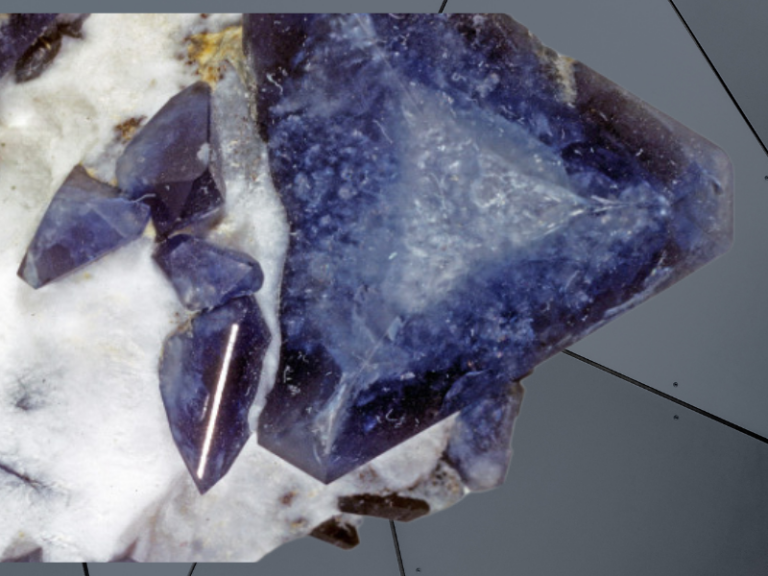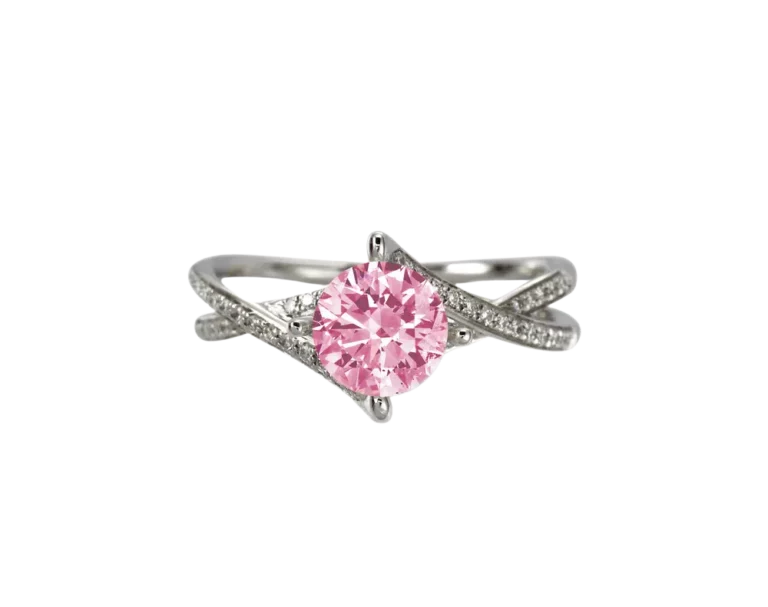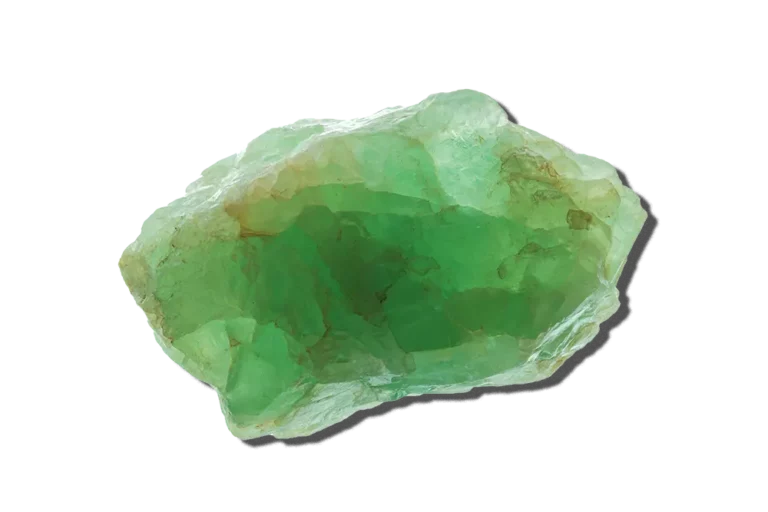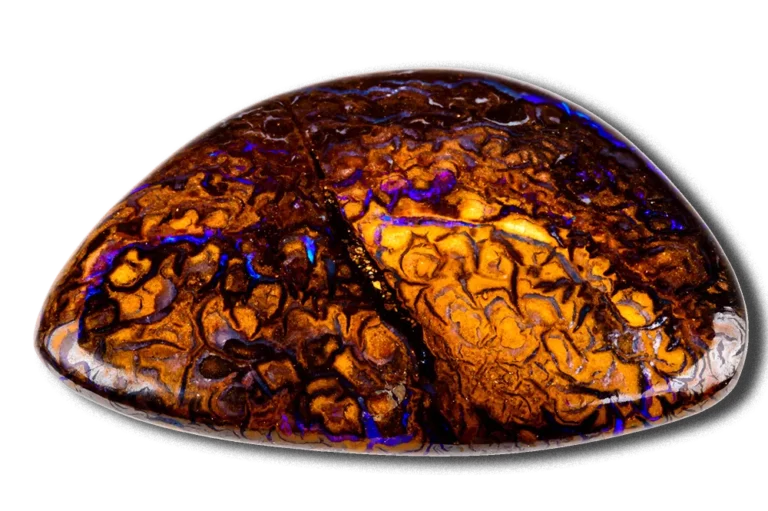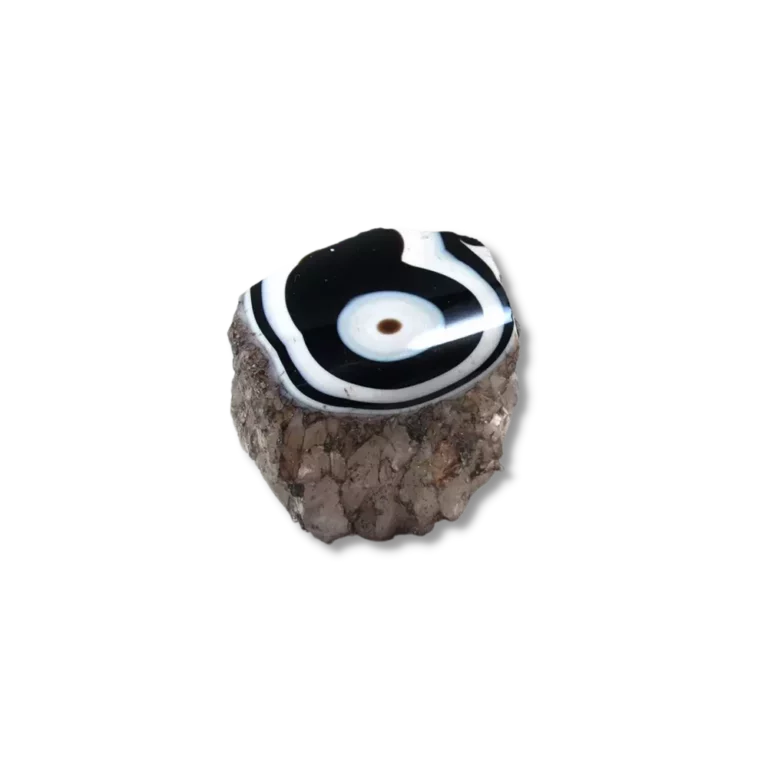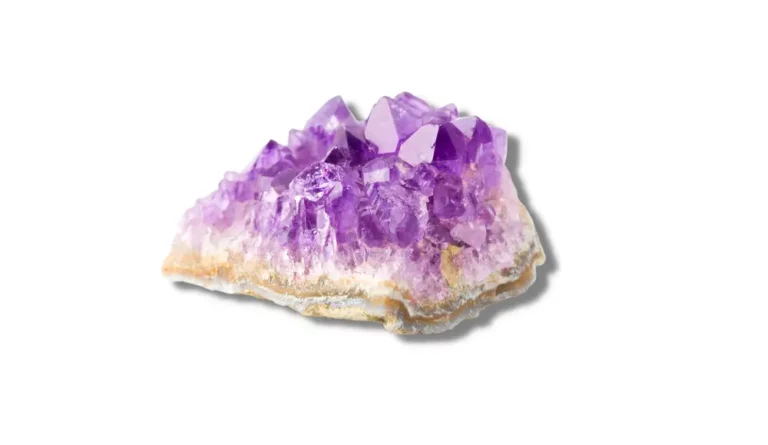Painite Gemstone: Properties, Benefits & Meanings
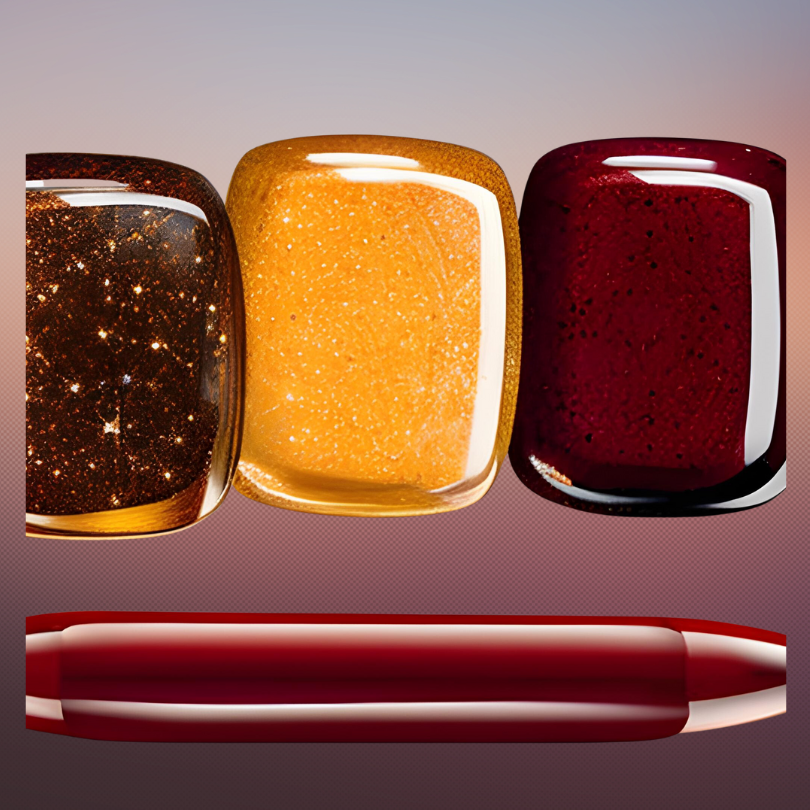
Painite Gemstone Overview
Painite is known for being one of the rarest gemstones in the world. Painite resembles ruby and garnet and can be considered an alternative birthstone for July or January. This rare crystal is a red gemstone from Myanmar that was initially mistaken for ruby. Painite was first discovered in the 1950s in Burma, and at the time, it was believed to be one of the rarest gemstones in the world.
Painite Gemstone is a hexagonal mineral typically reddish-brown or orange-brown. Painite is known for its high brilliance, making it a popular choice for jewelry. In addition, Painite is often associated with the heart and crown chakras, which are thought to be the centers of love, compassion, and enlightenment.
In this blog post, we’ll explore the properties, benefits, and meanings of Painite Gemstone, giving you a better understanding of this unique gemstone.
What Is Painite Gemstone?
Painite is a rare and highly sought-after gemstone discovered in Myanmar (formerly Burma) in the 1950s. It is a hexagonal mineral, typically reddish-brown or orange-brown, with a high brilliance that makes it popular for jewelry.
Painite is one of the rarest gemstones, with only a few known specimens. Nevertheless, it is a very valuable gemstone, with prices reaching up to $60,000 per carat. Painite is also believed to have spiritual and metaphysical properties. Some use it to enhance creativity and intuition or promote spiritual growth and understanding.
How is Painite Gemstone Formed?
The formation of Painite gemstones has yet to be fully understood, but it is believed to occur in metamorphic rocks that have undergone high-pressure and high-temperature conditions. Painite is also thought to be formed along with other minerals such as zircon, spinel, and quartz.
Painite Gemstone is found in the form of elongated hexagonal crystals. It is typically located in alluvial deposits, where water has eroded the surrounding rocks and minerals and carried them to a new location. Painite is most commonly found in Myanmar but has also been discovered in other countries such as Cambodia, Thailand, and Sri Lanka.
Physical Properties of Painite Gemstone
| Mineral Group | Silicates |
| Formula | CaZrAl[Al9O18] BO3 |
| Chemical Name: | Calcium Zirconium Aluminium Borate |
| Color | Reddish-brown or orange-brown, pink, purple, or gray |
| Hardness (Mohs scale) | 8.0 |
| Refractive Index | 1.772 to 1.805 |
| Fracture | Conchoidal |
| Luster | Vitreous to sub adamantine |
| Specific Gravity | 4.0 to 4.1 |
| Transparency | Transparent to translucent |
Etymology
Painite gemstone was named after Arthur C.D. Pain, a British geologist who identified the mineral in 1956. At its discovery, Painite was initially thought to be a new species of spodumene. However, further analysis revealed that it was a unique mineral with distinct properties. As a result, Painite was officially recognized as a separate mineral species in 1957.
Where is Painite Gemstone Found?
Painite Gemstone is primarily found in Myanmar (formerly known as Burma), specifically in the Mogok region of the country. The first specimens of Painite were discovered in Myanmar in the 1950s by British mineralogist Arthur C.D. Pain. To this day, Myanmar remains the primary source of this rare and highly sought-after gemstone.
However, Painite has also been found in Cambodia, Thailand, and Sri Lanka, although these sources are much less common.

Painite Gemstone Appearance
Painite is a beautiful and unique gemstone known for its striking appearance. It typically has a reddish-brown or orange-brown color, although it can also be pink, purple, or gray. Painite crystals are usually elongated hexagons, often transparent or translucent, with a vitreous to sub-adamantine luster.
Painite Gemstone is also known for its high brilliance, making it popular for use in jewelry. However, Painite is uncommon in commercial jewelry settings due to its rarity and limited supply.
Types of Painite Gemstone
There is only one type of Painite gemstone, but it can come in various colors and sizes. The color of Painite can range from reddish-brown to orange-brown, and it can also be pink, purple, or gray. However, the most valuable Painite Gemstone specimens are typically the ones with a reddish-brown or orange-brown color.
Painite crystals can also vary in size, with some specimens being as small as a few millimeters and others being several centimeters long. However, due to its rarity, most Painite specimens are relatively small, and larger specimens are extremely rare.

Painite Gemstone Value and Price
Due to its extreme rarity and limited supply, Painite is one of the most valuable gemstones in the world. The prices can range from tens of thousands per carat to hundreds of thousands per carat, depending on the quality of the specimen.
There are several factors that can affect the value of Painite gemstones, including:
- Carat Weight: The larger the Painite gemstone, the more valuable it will likely be. Larger Painite specimens are extremely rare, so they command much higher prices than smaller specimens.
- Cut: The way a Painite gemstone is cut can have a significant effect on its value. Painite is a very hard stone. It can be difficult to cut and polish, so collectors and enthusiasts highly prized well-cut and well-polished specimens.
- Clarity: Like other gemstones, the clarity of a Painite specimen can also affect its value. Painite is typically transparent to translucent, and samples with fewer inclusions or other imperfections are more valuable than those with visible flaws.
- Color: The color of a Painite specimen can also significantly impact its value. The most valuable and sought-after Painite specimens are typically the ones with a reddish-brown or orange-brown color. In contrast, pieces with pink, purple, or gray colors are generally less valuable.
How Can You Tell if Painite Gemstone Is Real?
Here are some tests that can be done to verify the authenticity of a Painite gemstone:
- Visual Inspection: One of the first things to check is the visual appearance of the gemstone. Real Painite should have a natural and authentic look, with no signs of artificial coloring or treatment. It should also have a vitreous sub-adamantine luster and be free from visible flaws.
- Refractive Index: Painite has a high refractive index, which will bend light more than most other gemstones. This can be measured using a refractometer, which can determine the refractive index of the gemstone and help identify if it is a real specimen.
- Specific Gravity: Painite has a relatively high specific gravity, denser than most other gemstones. This can be measured using a particular tester of gravity, which can help identify whether the gemstone is real.
- Spectrum Analysis: Real Painite specimens have a unique spectrum that can be analyzed using a spectroscope. This can help identify the gemstone based on its specific spectral patterns.
- Certification: Finally, one of the best ways to ensure the authenticity of a Painite specimen is to obtain a certificate of authenticity from a reputable gemstone laboratory. This can provide detailed information, including its origin, properties, and any treatments or enhancements that may have been done to it.
It is important to consult with a reputable gemstone expert or laboratory to ensure that any Painite specimen you purchase is genuine and of high quality.
What Does Painite Gemstone Symbolize?
While there is no definitive interpretation of what Painite Gemstone symbolizes, several common themes and associations are often attributed to this gemstone. One of Painite’s most prominent symbolic meanings is its association with abundance, prosperity, and good fortune. It is commonly seen as a symbol of wealth and success.
Painite Gemstone is also often seen as a symbol of strength, resilience, and endurance. This is partly due to its extreme hardness making it one of the toughest gemstones. As a result, Painite is sometimes said to imbue its wearer with a sense of strength and resilience in the face of adversity.
Painite is also associated with spiritual growth and enlightenment. Painite is often seen as a symbol of seeking deeper meaning and understanding. It is said to help its wearer connect with their higher self and achieve a greater sense of spiritual awareness.
The symbolism of Painite Gemstone is complex and multifaceted. Therefore, it can vary depending on the beliefs and perspectives of the individual who interprets it.

Uses of Painite Gemstone
Painite is a rare and valuable gemstone with a range of practical and aesthetic uses. Here are some common uses of Painite Gemstone:
- Jewelry: Painite is popular for high-end jewelry due to its rarity and unique beauty. It can be used in various settings, including rings, necklaces, earrings, and bracelets. It is commonly paired with other gemstones, such as diamonds or sapphires.
- Collecting: Painite is also a popular choice for gemstone collectors because of its extreme rarity. Painite specimens are often sought for their unique properties and rarity. They can command high prices at auction or in private sales.
- Investment: Painite is sometimes used as an investment vehicle. It’s rarity and high value make it an attractive asset for investors.
- Healing: Painite is sometimes used in alternative medicine and healing practices, as it is believed to have various healing properties. It promotes vitality, balance, and harmony in the body and is sometimes used to treat arthritis or inflammation.
- Decorative: Finally, Painite can also be used in decorative applications such as sculptures, vases, or other decorative objects. Its unique beauty and rarity make it an attractive choice for fine art and decorative art collectors.
Is Painite Gemstone a birthstone?
Painite is not a birthstone for any month. The modern birthstone list, recognized by the American National Association of Jewelers, includes 12 gemstones that correspond to the 12 months of the year. However, Painite is not included in this list.
Which Gemstones Go Best With Painite Gemstone?
When pairing Painite Gemstone with other gemstones, several options can complement its unique beauty and enhance its overall appearance. Here are some gems that go well with Painite:
- Diamonds: Painite and diamonds are a classic pairing popular in high-end jewelry designs.
- Sapphires: Sapphires are another gemstone that pair well with Painite. The deep blue color of sapphires can contrast beautifully with the warm tones of Painite.
- Rubies: Rubies are vibrant and bold gemstones that can add color to a Painite jewelry design.
- Emeralds: Emeralds are a stunning green gemstone that can create a striking contrast with Painite.
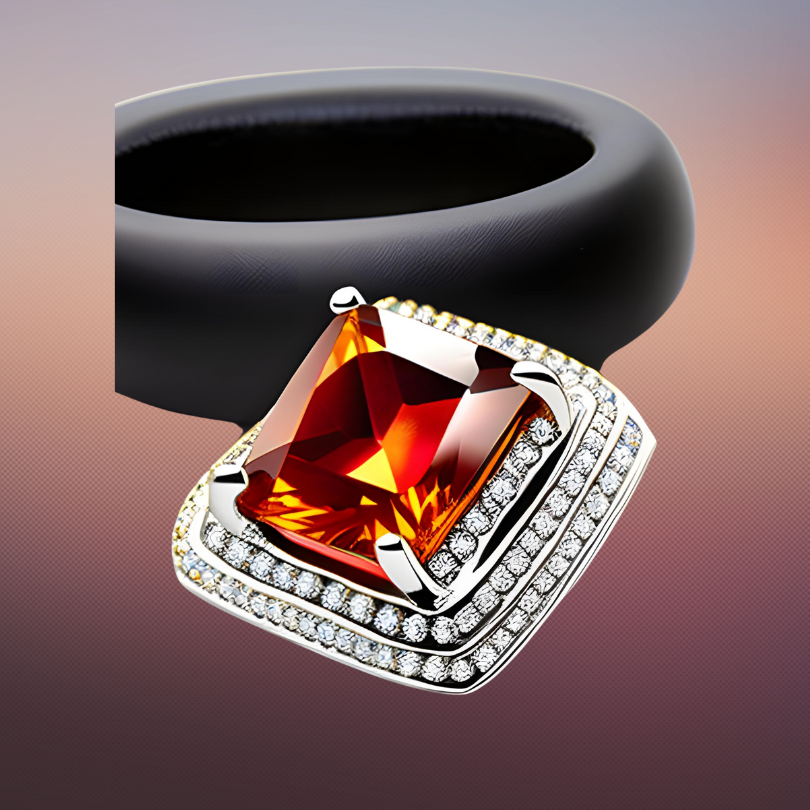
How To Take Care Of Painite Gemstone Jewelry?
Here are some useful tips on how to take care of Painite gemstone jewelry:
- Avoid exposure to heat and sunlight: Painite is a heat-sensitive gemstone and can fade or crack if exposed to high temperatures or sunlight. Avoid wearing Painite jewelry while sunbathing or using hair dryers, curling irons, flat irons, etc.
- Avoid exposure to chemicals: Painite can be damaged by exposure to bleach, chlorine, and other household cleaners. Remove your Painite jewelry before cleaning it with chemicals or swimming in chlorinated water.
- Clean regularly: To keep your Painite jewelry looking good, clean it regularly with a soft cloth or brush, mild soap, and water. Avoid harsh chemicals or abrasives that scratch or damage the gemstone.
- Store carefully: Store your Painite jewelry in a jewelry box to protect it from damage. Avoid storing your Painite jewelry with other pieces that can scratch or damage the gemstone.
- Handle with care: Painite is a relatively soft gemstone and can be scratched or chipped if handled roughly or dropped. Be careful when wearing or handling your Painite jewelry to avoid damage.
By following these tips, you can help preserve the beauty and value of your Painite gemstone jewelry for years.
FAQ
Is Painite the rarest gemstone in the world?
Painite is one of the rarest gemstones in the world, but it is not the rarest. Other gemstones, such as Red Beryl, Jeremejevite, and Grandidierite, are rarer than Painite.
What is the price range for a Painite gemstone?
The price of Painite gemstone varies depending on factors such as its carat weight, cut, clarity, and color. However, it is one of the most expensive gemstones in the world, with prices ranging from tens of thousands of dollars per carat.
Can Painite Change Color Over Time?
Painite is a durable gemstone and does not change color over time. However, heat, sunlight, or chemical exposure can damage or discolor it.
Is Painite Gemstone durable enough for everyday wear?
Painite Gemstone has a hardness of 8 on the Mohs scale, making it a relatively durable gemstone that can withstand everyday wear. However, handling it with care and avoiding exposing it to harsh conditions is still recommended.
Can Painite Gemstone be treated or enhanced in any way?
Painite is a natural gemstone that is not treated or enhanced. Its unique and rare properties make it highly sought after by collectors and gemstone enthusiasts.


